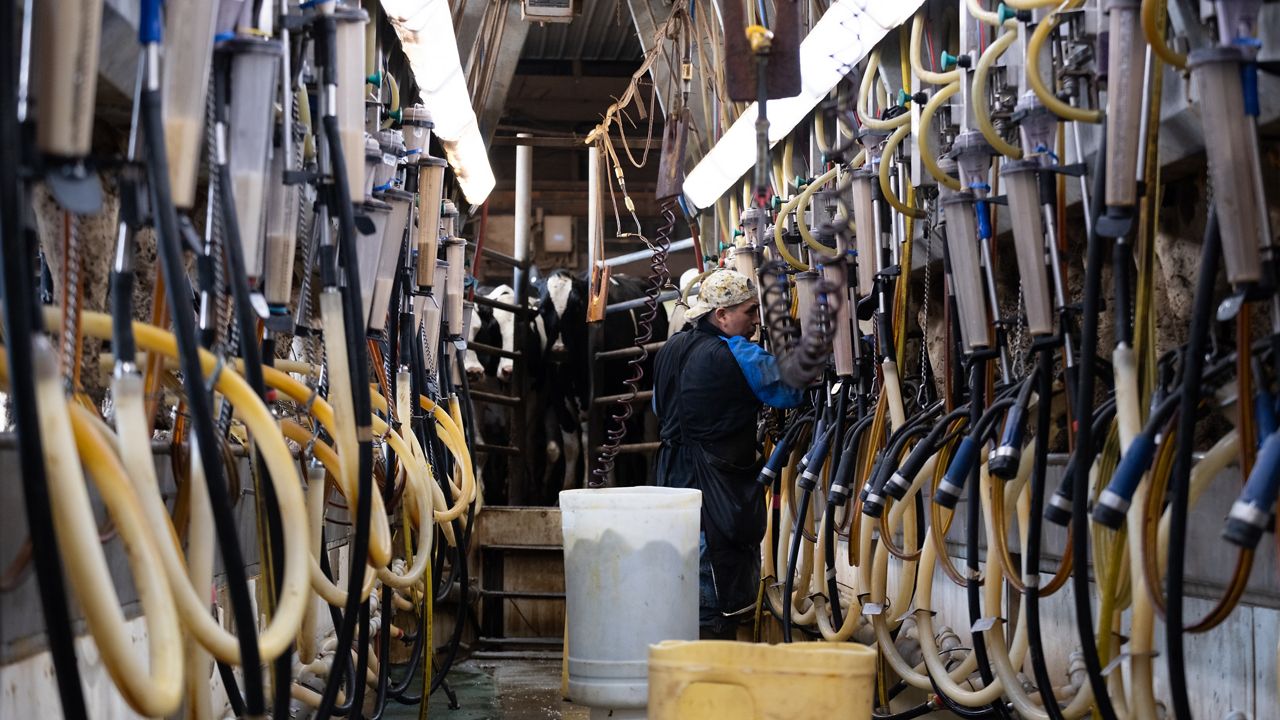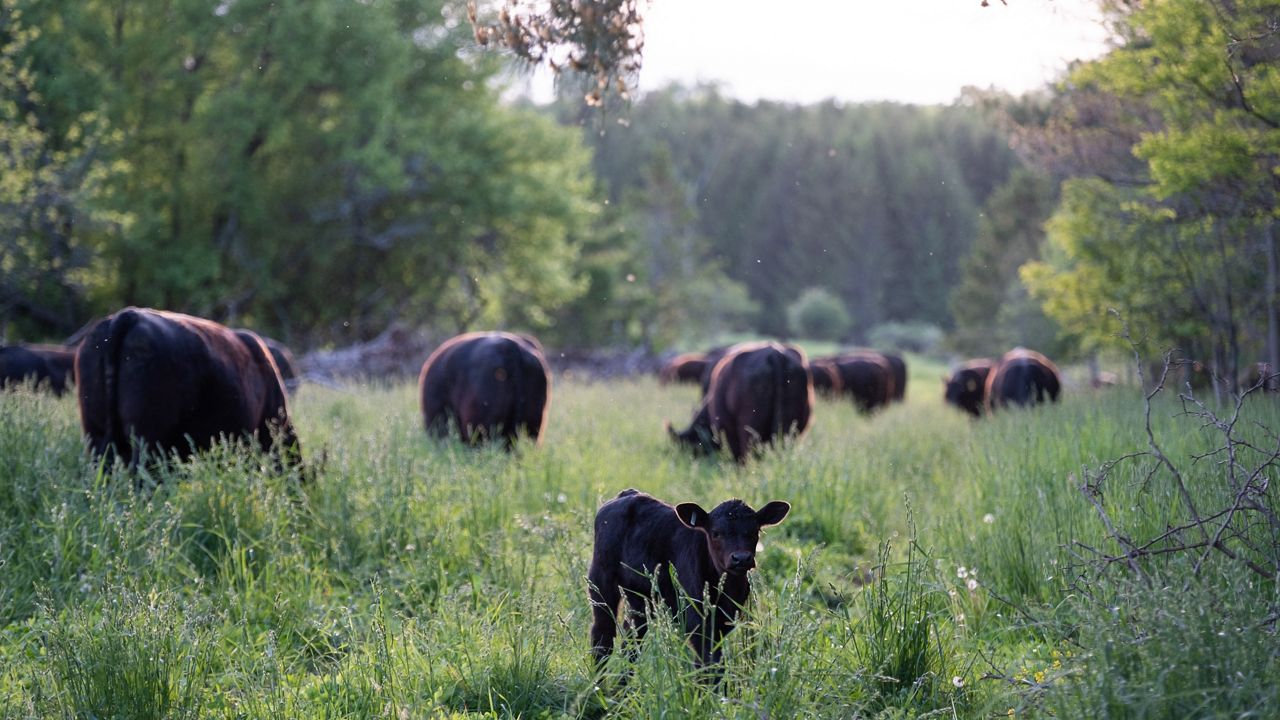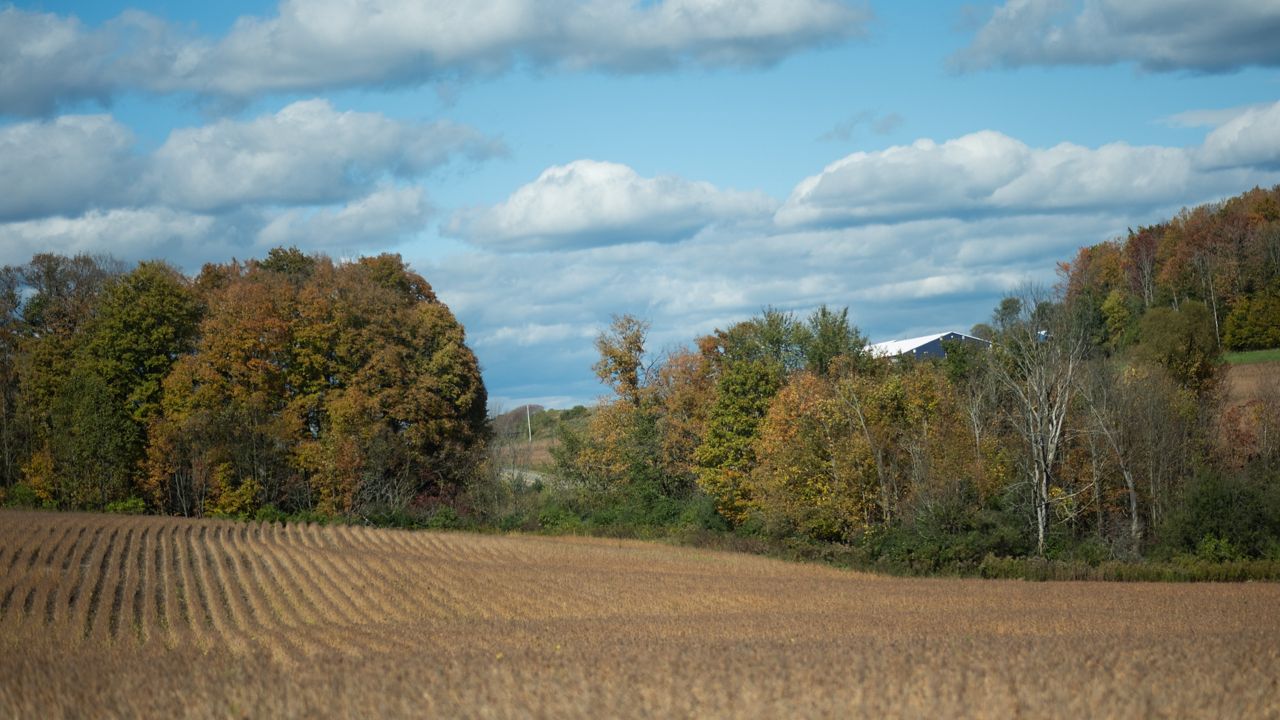With an estimated loss of 80 million tons of food every year in the United States, local organizations are trying to redirect that food to pantries, food banks and other emergency food operations.
Onondaga Food Rescue Network has been working to jumpstart its program, which is overseen by Syracuse-Onondaga Food System Alliance, but hasn’t been without challenges to meet the need.
In Onondaga County, about 1 in 10 people are food insecure, according to data from Feeding America, a national network of food banks.
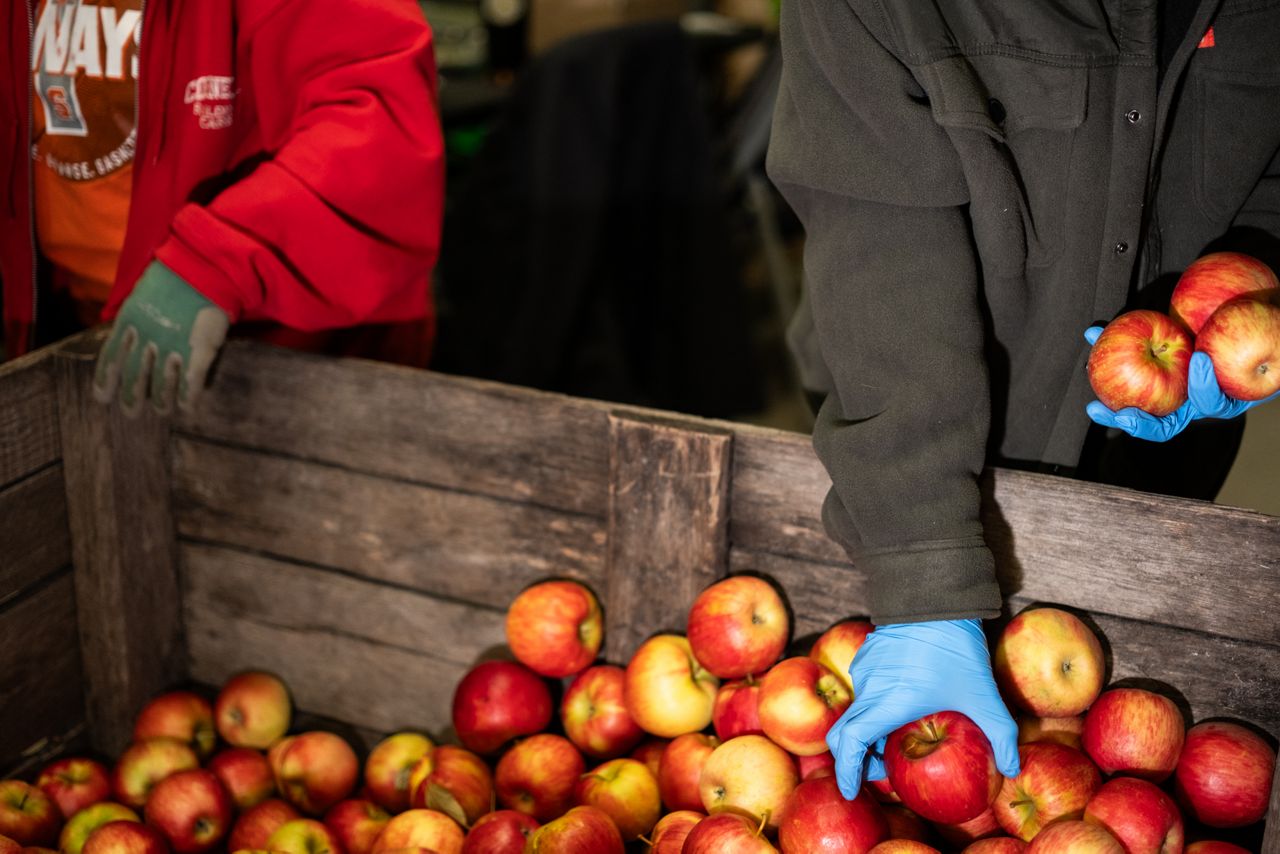
“This is not a replacement for the food bank. It’s an auxiliary program in addition to the food bank, which is moving the majority of the food around the county and our program is really designed to capture smaller amounts of food,” said Alexander Warshal project coordinator at SOFSA.
Warshal said that a challenge of food rescue is ensuring everyone knows the food is safe to consume.
“There’s some misinformation about food rescue as it relates to safety, but it’s always safe to donate as long as the food is made in a good judgement fashion and it hasn’t been intentionally damaged or anything like that,” he said.
Another challenge is getting the help they need to facilitate these food rescues.
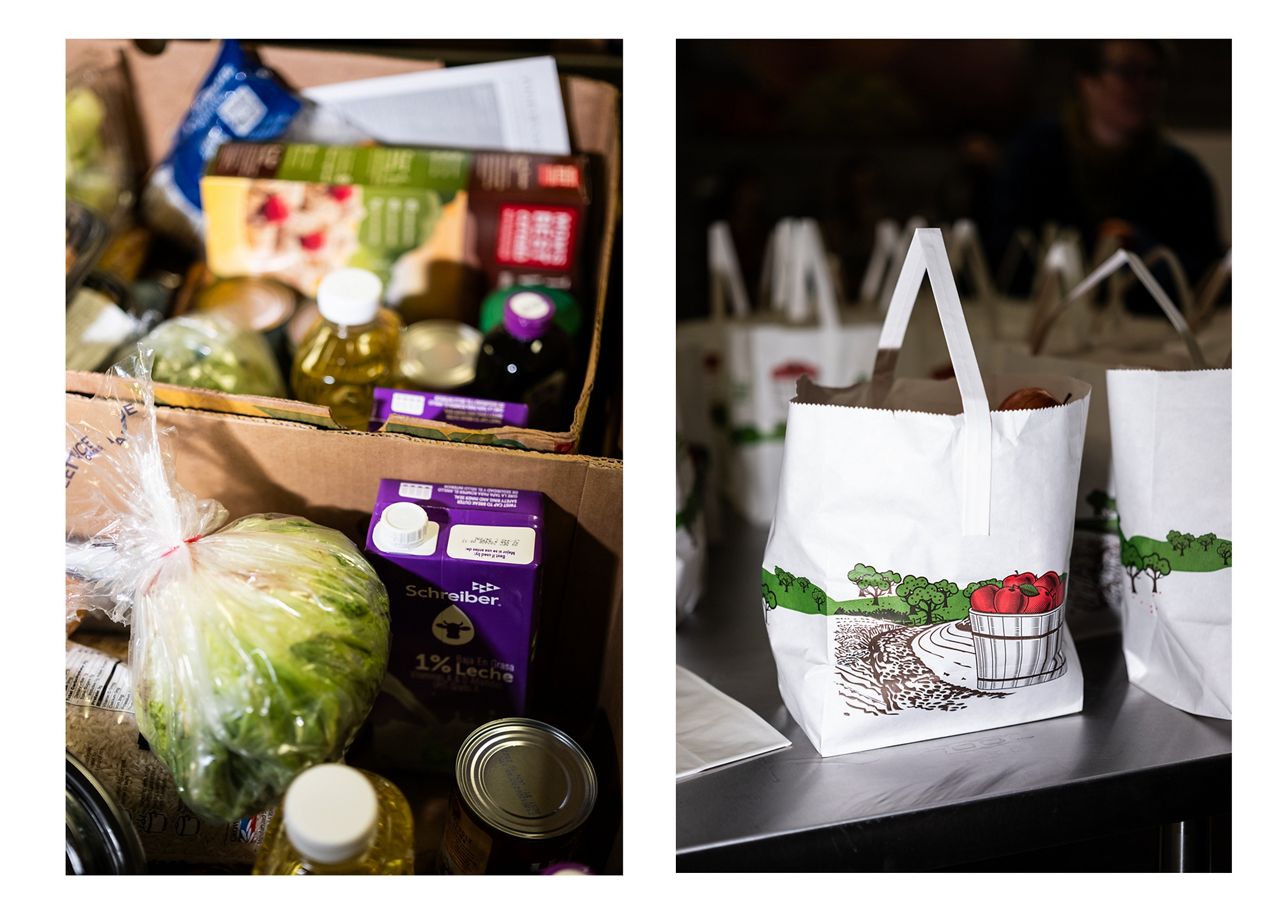
“There's a great need in the community and there is a great amount of food going to waste, so I think the big piece there is the labor and volunteer pool and getting folks engaged in moving our product,” Warshal said.
The organization is currently working on building relationships with area restaurants to increase their access to excess prepared food that might otherwise be tossed out.
“From the different food pantries we’ve surveyed, we have a very healthy number and growing number of pantries that want to receive their product,” Warshal said.
Gaylyn Murphy-Stanley, the executive director of Interfaith Community Coop, helps facilitate a food distribution in Syracuse every Friday morning where they give out over 200 boxes of food that comes from a variety of sources depending on the time of year.
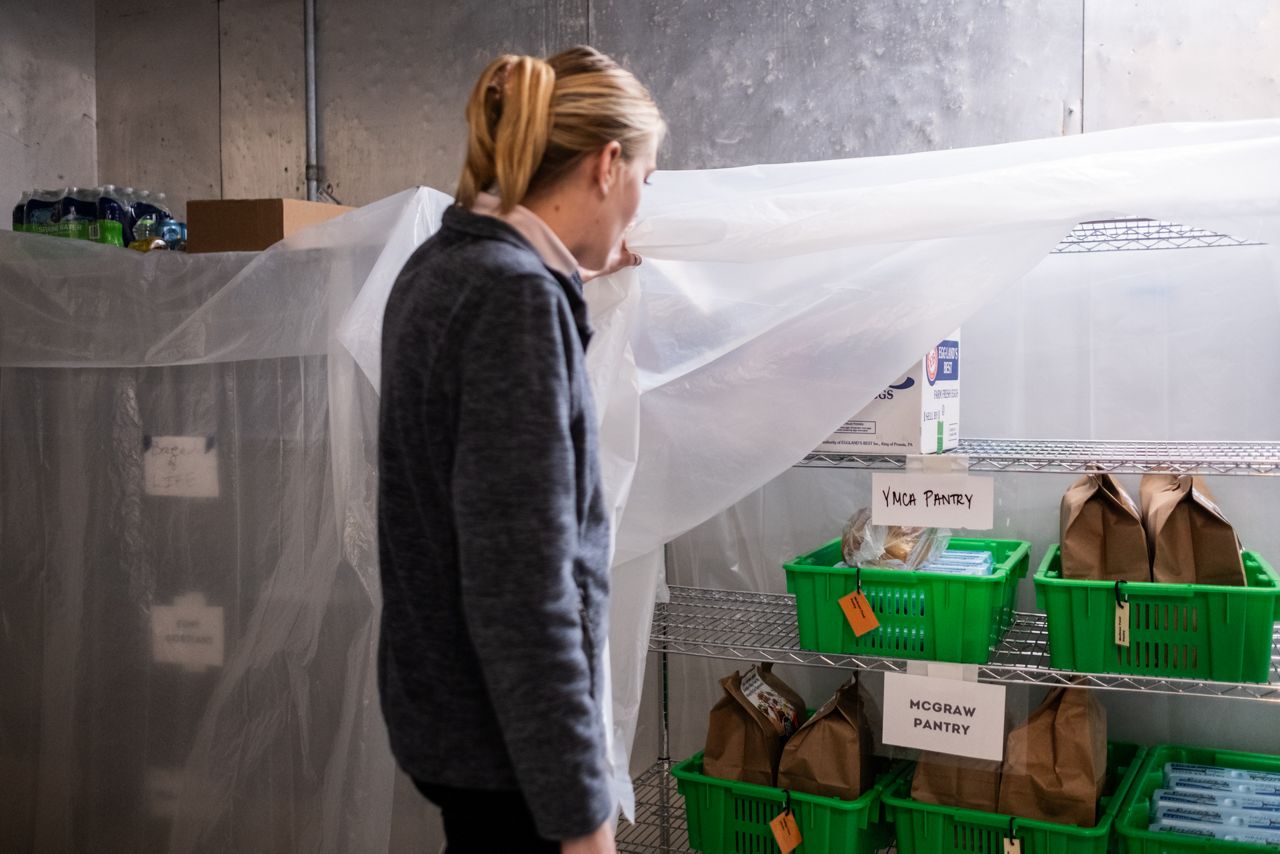
“We have 2,400 pounds of recycled food from the Food Bank of Central New York that was collected at grocery stories through the city and county, and we will move that out to folks today with shelf stable items, frozen proteins, eggs and dairy products,” Murphy-Stanley said.
During the growing season, they get more fresh produce from farmers and other cooperative gardens. Murphy-Stanley has worked with SOFSA to get food from the food rescue network as well.
“We had a load of apples that a few of us were able to go out and bring back into the city and then we shared that with many pantries and emergency food sites. Chobani, they gave us a huge load of yogurt and some creamer, things like that,” she said.
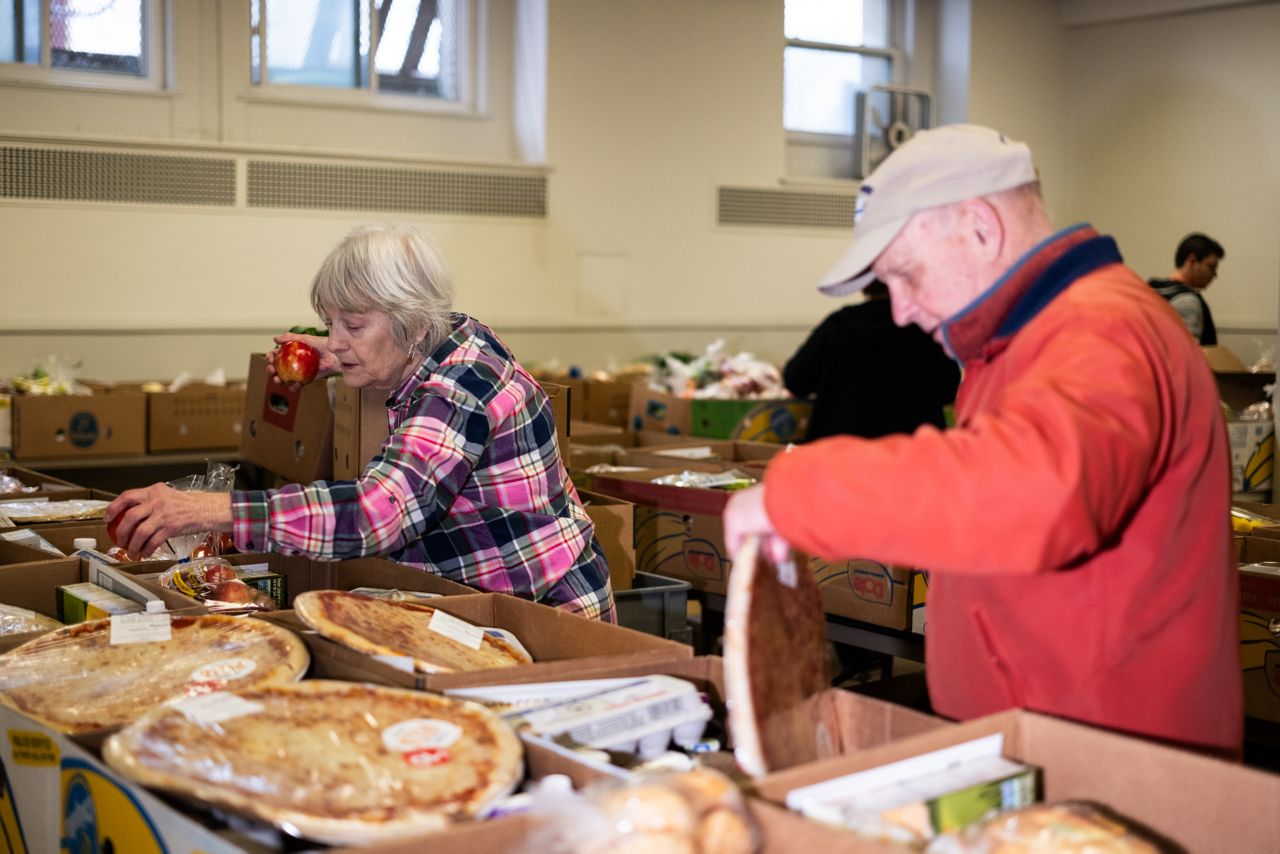
Another challenge is being able to store prepared food and other items that need refrigeration like eggs, meats and dairy products.
“Protein is imperative to nutritional density in our everyday lives, but it tends to be a very expensive product. It can be hard to move in mass and store,” Murphy-Stanley said. “The mechanics of the food delivery system and distribution sites don’t always line up.”
Murphy-Stanley said they have cold storage, but it’s not sufficient when it comes to prepared food. They also experience challenges when they work with places like Syracuse University, local hospitals and hotels that are serving large numbers of people.
“I can’t do anything with a whole chafing dish of macaroni and cheese. I can’t move that out because I work with families and or individuals so that would need to be repackaged,” Murphy-Stanley said.
In addition to repackaging the food, Murphy-Stanley would need to purchase the packaging and coordinate people to do the work.
Seven Valleys Health Coalition in Cortland County has successfully built its food rescue network to help reduce food waste and improve access to fresh foods. Last year they rescued just over 20,000 pounds of food.

“We have our volunteers come in, they pick up and they take directly to the food pantry. Occasionally, we do pop-up distributions, kind of like a drive through style,” said Avery McLoud, the organization’s project coordinator.
Cortland County also has about 1 in 10 people who experience food insecurity, according to data from Feeding America.
They receive food from various sources, but typically it comes from farmers, restaurants, hospitals and colleges that have excess produce, eggs, dairy products and other food items.
“Our peak season is June through mid-October when we’re getting fresh produce. That’s really what we’re trying to focus on is fresh produce because for a lot of pantries it’s difficult to source,” McLoud said.
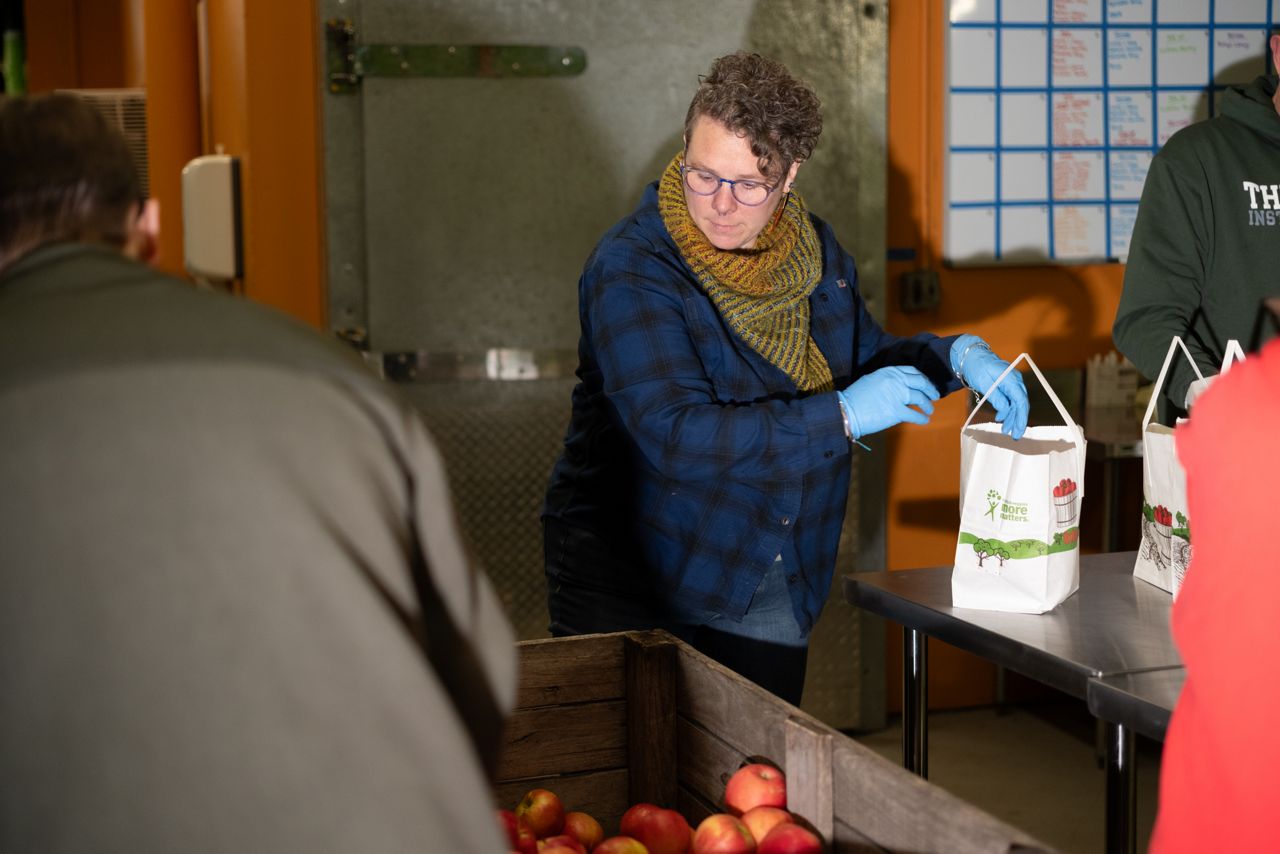
Additionally, Seven Valleys Health Coalition has a cold storage unit which many pantries do not have. The organization has been trying to expand into prepared food as well, but that requires a ServSafe certification, which trains people on food safety guidelines.
While Onondaga County advocates say they are working with their partners to the south, they need buy-in from businesses in the area.
“We’re working on it. I think the answer will be at the front of production, how to engage restaurants to think about that as they’re working on mass production of food. It’s going to be tough and it’s expensive too,” Murphy-Stanley said.







